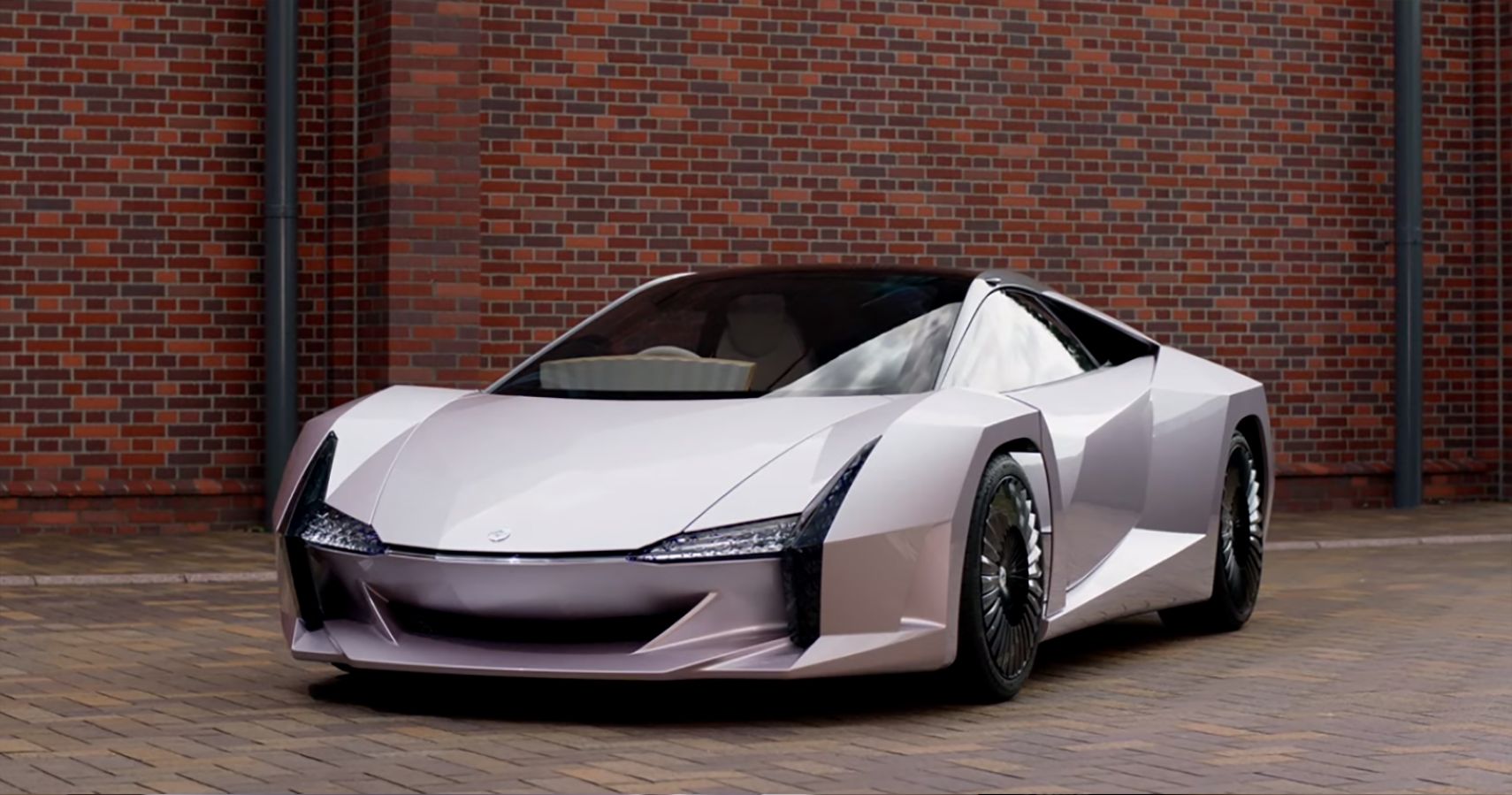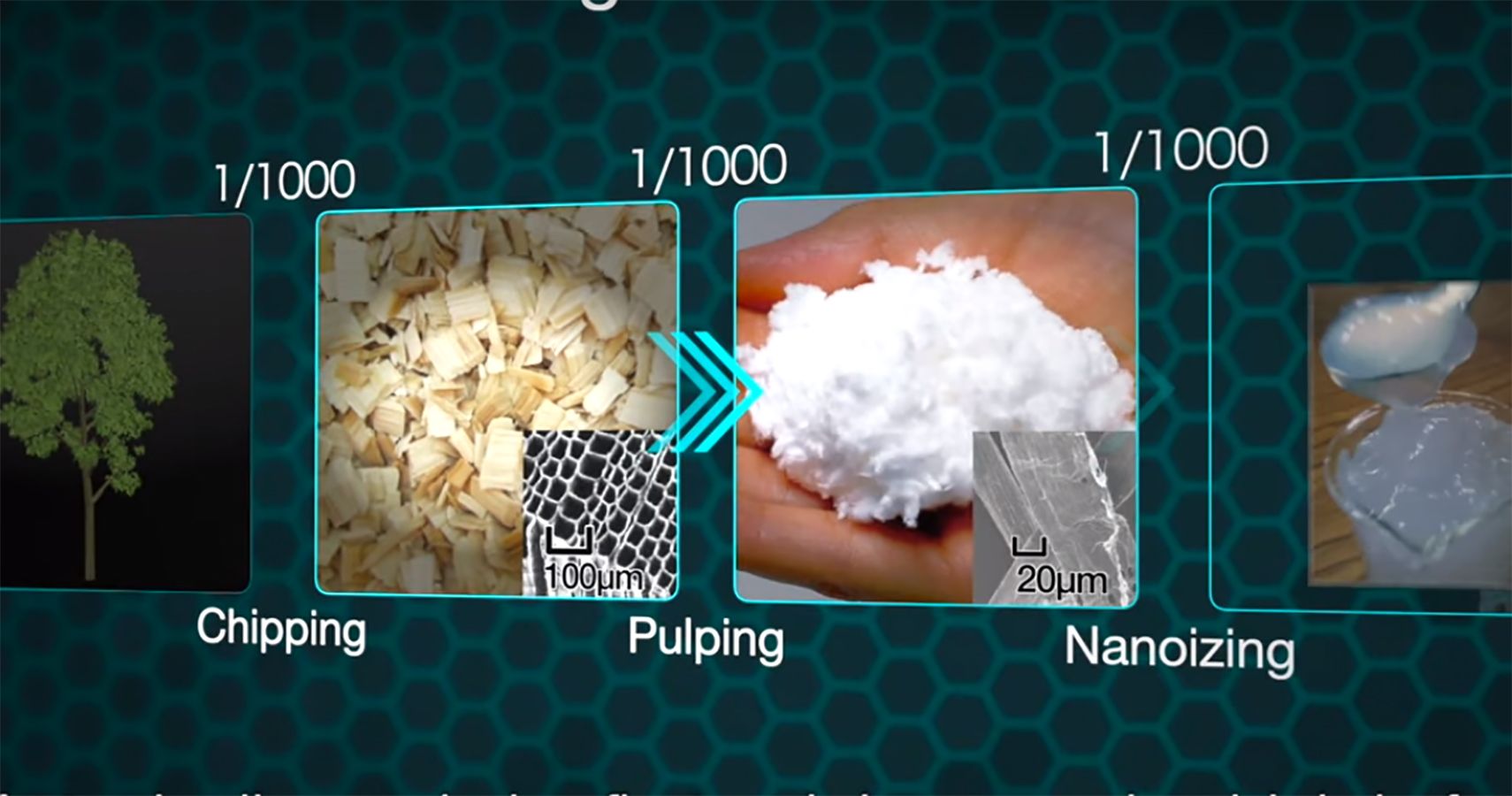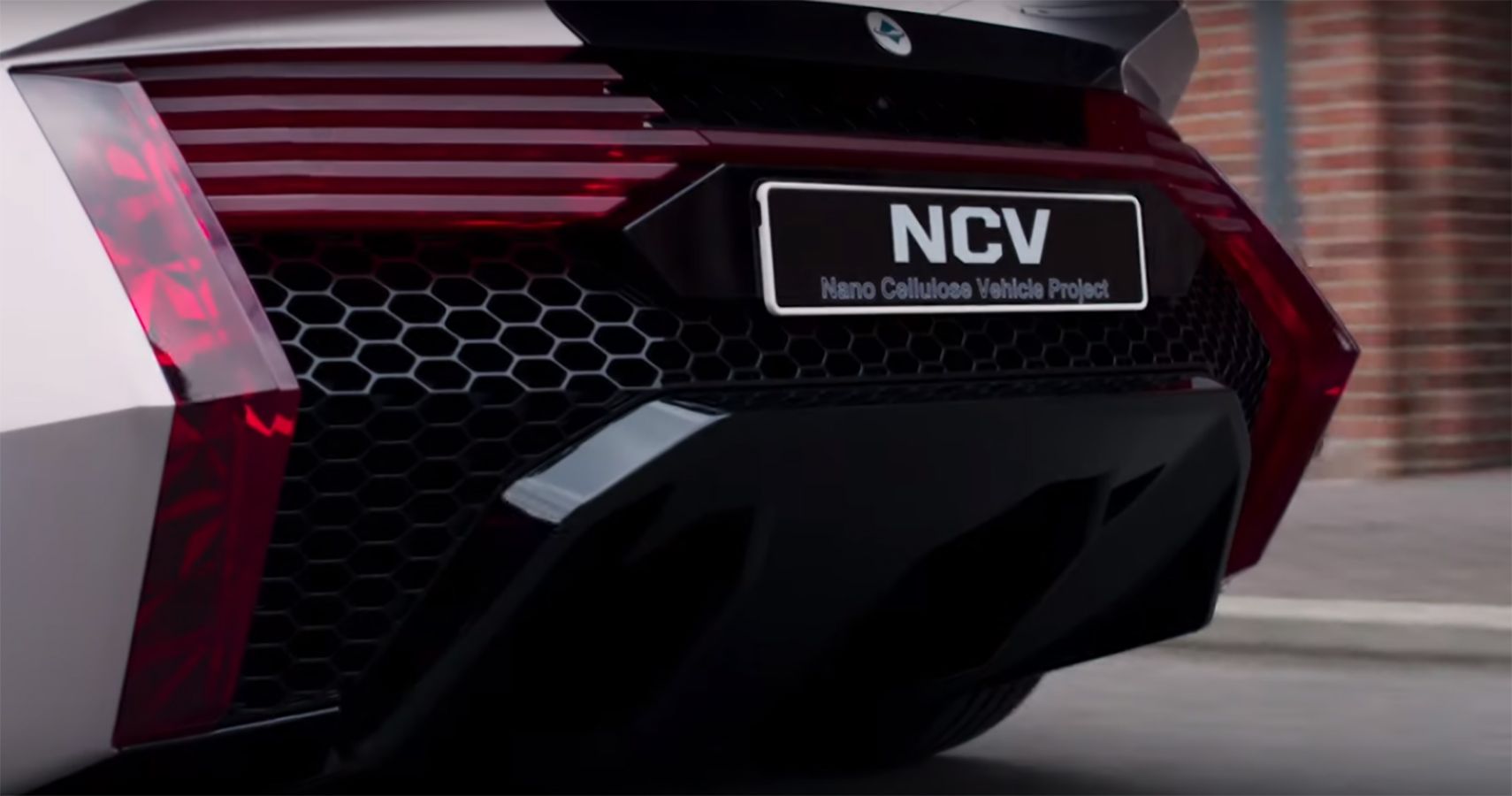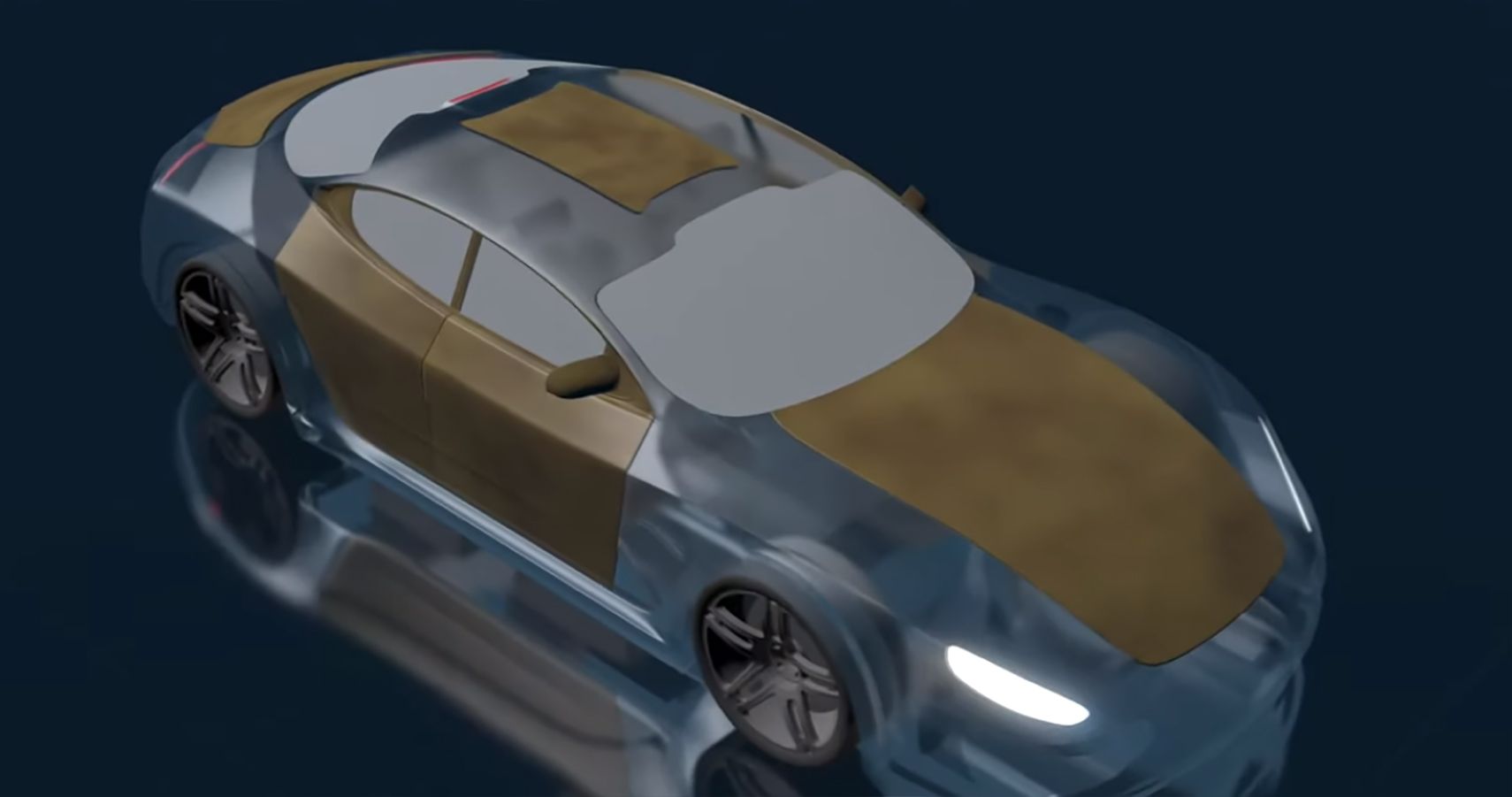Most vehicles nowadays are made of steel. Efforts to save weight while retaining strength have led to the increasing adoption of aluminum or carbon fiber as materials for vehicle production. But in Japan, a consortium of 22 companies, universities, and research institutes, was successful in using wood as the primary material in producing an actual vehicle.
At first glance, you wouldn't believe that this car is made from wood. It looks like a supercar in terms of appearance and would likely put other car designs to shame. But the hard fact is that this car is made from cellulose nanofiber (CNF) – a material derived from wood pulp. Dubbed the Nano Cellulose Vehicle (NCV) Concept, this car seeks to prove that wood can also be used as an alternative to steel in vehicle production.
Researchers at Kyoto University are studying incorporating plastics with CNF, which is essentially wood pulp fibers broken down into fragments one-thousandth of a millimeter in size. While CNF is already employed in several products, its application in vehicle production has only been made possible by the so-called “Kyoto Process.”
The Kyoto Process entails chemically treated wood fibers being kneaded into plastics and then broken down into nanofibers. Thanks to this method, CNF can be produced at around a fifth the cost of other processes.
According to Japanese researchers and auto component makers involved in the project, CNF is up to five times stronger than steel, while weighing only a fifth of the weight. This is a great development, considering that carmakers are already racing to make their vehicles lighter without compromising strength. CNF is used extensively in the NCV’s structural tub, doors, hood, and roof.
In terms of design, the NCV's exterior was penned by Yuzo Niimi of Toyota Customizing & Development. Wrapped in a light silver finish, the NCV seems like a supercar ready to sprint on the road. Boasting a sharp angled front end, a low profile, and ground-hugging stance, the NCV impresses with butterfly doors, massive rear lights, and a large diffuser.
The butterfly doors of the NCV open to a cabin marked by sporty seats, a two-spoke steering wheel with paddle shifters as well as wooden panels. But don’t let its appearance fool you, as the NCV is only a technical show car that can go only as fast as 12 mph (20 km/h).
The consortium -- assembled by Japan’s Ministry of the Environment – admits that CNF could only serve as an alternative to steel or carbon fiber in the coming decades, noting that it is still not commercially viable.
(Via Japan Times and Car Scoops)




